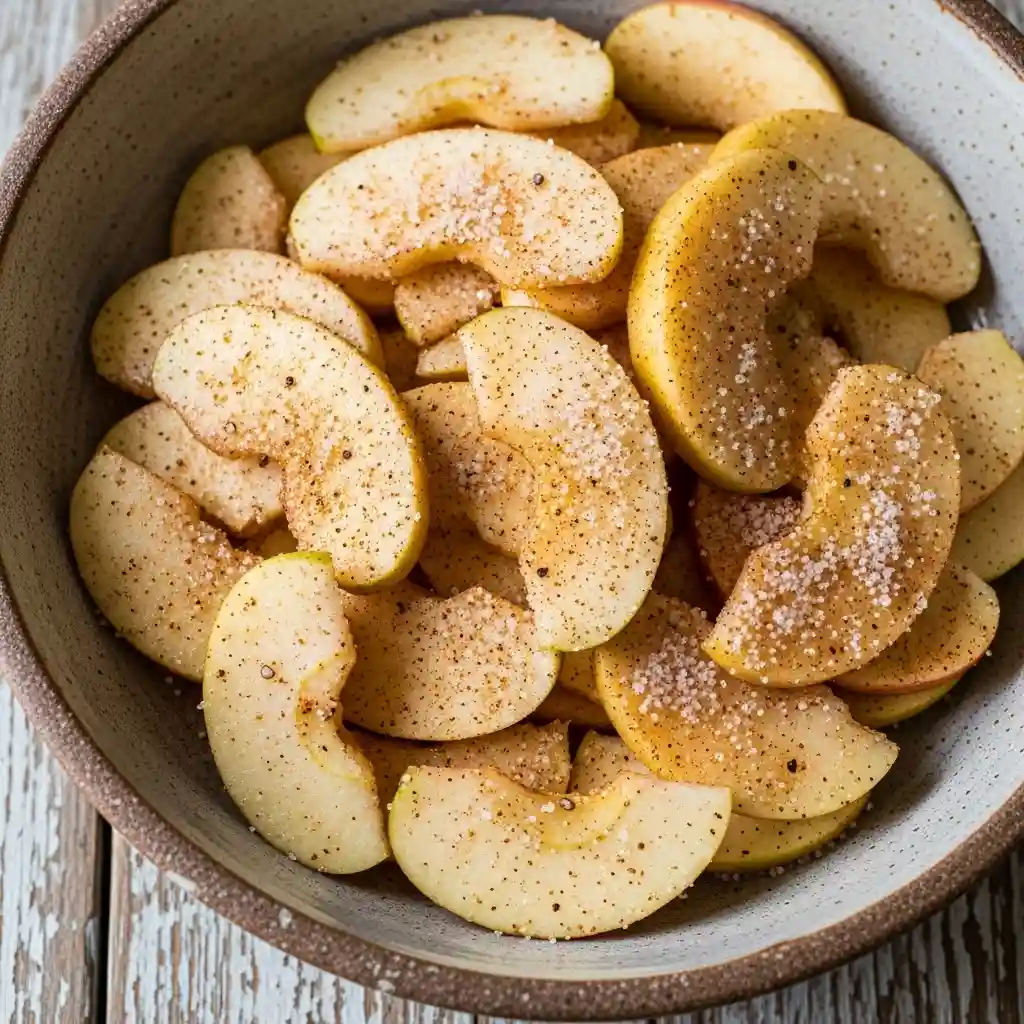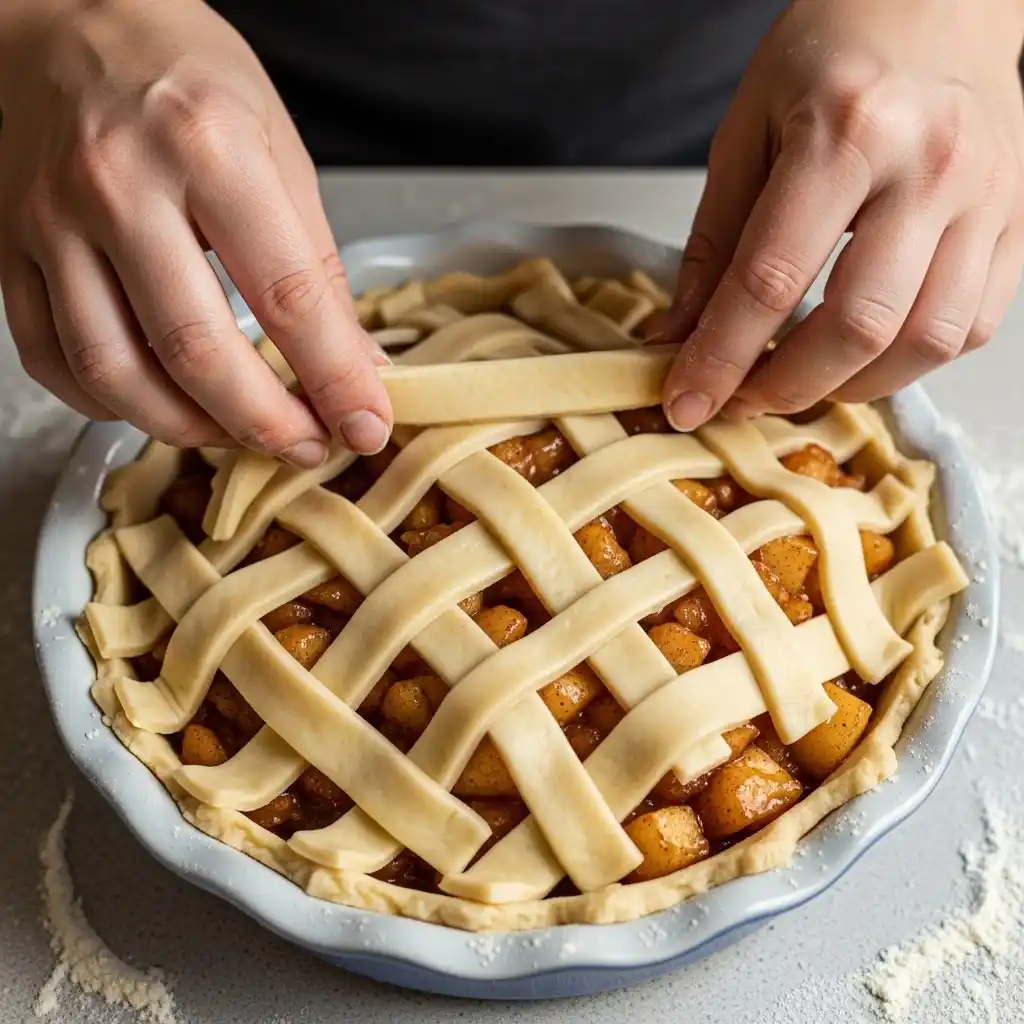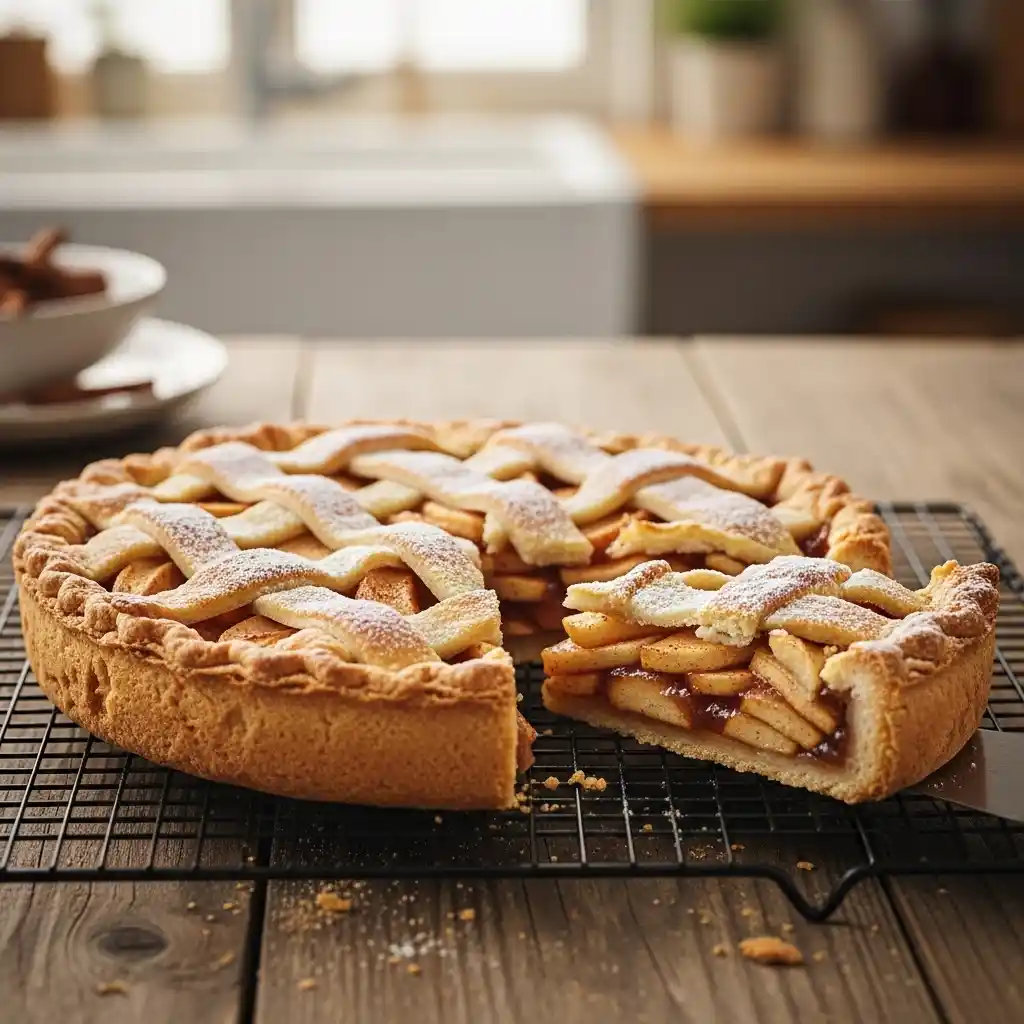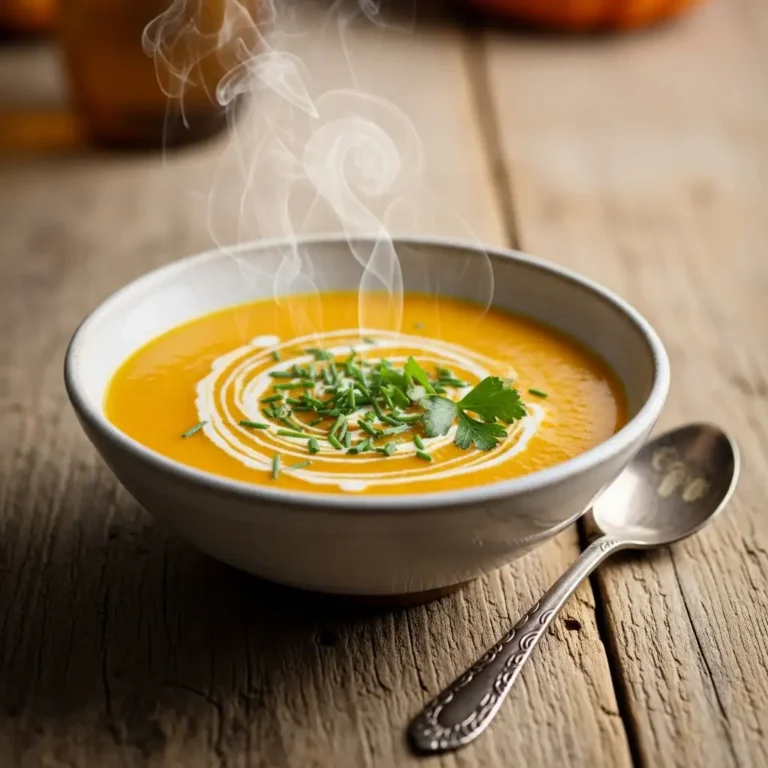Few desserts evoke the warmth and comfort of home quite like a classic apple pie. With its flaky, golden crust and a sweet, spiced apple filling, it’s a timeless symbol of autumn, holidays, and cherished family gatherings. More than just a dessert, apple pie is a culinary tradition, a slice of Americana that has been perfected over generations. This article will guide you through the art of baking the perfect apple pie, from selecting the right apples to achieving that coveted golden crust, ensuring your creation becomes a beloved staple in your own kitchen.
Table Of Content
A Slice of History: The Enduring Legacy of Apple Pie
While often associated with American culture, the origins of apple pie can be traced back to medieval England, where early versions were more savory than sweet, often encased in inedible pastry shells used primarily for preservation. As sugar became more accessible and new world apples were introduced, the pie evolved into the sweet dessert we know and love today. The phrase
“as American as apple pie” emerged in the early 20th century, solidifying its place in the national identity. Today, apple pie remains a beloved dessert, enjoyed in countless variations around the world.

For more recipes follow us on Facebook, Instagram and Pinterest.
Few desserts evoke the warmth and comfort of home quite like a classic apple pie. With its flaky, golden crust and a sweet, spiced apple filling, it’s a timeless symbol of autumn, holidays, and cherished family gatherings. More than just a dessert, apple pie is a culinary tradition, a slice of Americana that has been perfected over generations. This article will guide you through the art of baking the perfect apple pie, from selecting the right apples to achieving that coveted golden crust, ensuring your creation becomes a beloved staple in your own kitchen.
A Slice of History: The Enduring Legacy of Apple Pie
While often associated with American culture, the origins of apple pie can be traced back to medieval England, where early versions were more savory than sweet, often encased in inedible pastry shells used primarily for preservation. As sugar became more accessible and new world apples were introduced, the pie evolved into the sweet dessert we know and love today. The phrase
“as American as apple pie” emerged in the early 20th century, solidifying its place in the national identity. Today, apple pie remains a beloved dessert, enjoyed in countless variations around the world.
The Core of Perfection: Choosing Your Apples
The secret to a truly exceptional apple pie lies in the apples themselves. Not all apples are created equal when it comes to baking. You want a mix of apples that will hold their shape during baking and offer a balance of sweetness and tartness. Ideal choices include:
- Granny Smith: A classic for its tartness and firm texture, which prevents it from turning to mush.
- Honeycrisp: Offers a delightful crispness and a balanced sweet-tart flavor.
- Braeburn: A firm, sweet-tart apple that holds its shape well.
- Fuji: Sweet and crisp, adding a lovely flavor to the mix.
- Golden Delicious: A softer apple that breaks down a bit, contributing to the pie’s saucy filling.
Using a combination of two or three varieties will give your pie a more complex flavor and interesting texture.
The Sweet Symphony: Essential Ingredients
Beyond the apples, a few key ingredients come together to create the harmonious flavors of apple pie:
- Pie Crust: A flaky, buttery pie crust is paramount. While homemade is always preferred for its superior taste and texture, a good quality store-bought crust can be a convenient alternative.
- Sugar: A blend of granulated sugar and brown sugar provides sweetness and a hint of caramel notes. Adjust the amount based on the sweetness of your apples.
- Thickener: Flour or cornstarch is essential to thicken the apple juices, preventing a watery pie. Flour is a common choice, but cornstarch can create a clearer, glossier filling.
- Spices: Cinnamon is the quintessential apple pie spice, but a touch of nutmeg, allspice, or cloves can add depth and warmth. A pinch of salt balances the sweetness.
- Lemon Juice: A squeeze of lemon juice brightens the flavors and prevents the apples from browning.
- Butter: A few pats of butter dotted over the apple filling before baking add richness and help create a luscious sauce.
The Art of Assembly: Step-by-Step Instructions
Baking a perfect apple pie is a rewarding process. Here’s how to do it:
- Prepare the Crust: If making homemade crust, prepare it according to your recipe and chill. If using store-bought, ensure it’s at room temperature for easier handling. Roll out one pie crust and carefully fit it into a 9-inch pie plate. Trim the edges, leaving about a 1/2-inch overhang.
- Prepare the Apple Filling: Peel, core, and slice your apples into 1/4-inch thick pieces. In a large bowl, combine the sliced apples with granulated sugar, brown sugar, flour (or cornstarch), cinnamon, nutmeg, salt, and lemon juice. Toss gently to coat the apples evenly.
- Fill the Pie: Pour the apple mixture into the pie crust-lined pie plate, mounding the apples slightly in the center. Dot the top of the apples with small pieces of butter.
- Top the Pie: Roll out the second pie crust. You can either place it whole over the filling, cut slits for steam to escape, or create a lattice top for a beautiful presentation. Place the top crust over the apples. Trim the edges, leaving a 1/2-inch overhang. Crimp the top and bottom crusts together to seal.
- Bake to Golden Perfection: For a golden-brown crust, you can brush the top with an egg wash (one egg beaten with a tablespoon of water) and sprinkle with a little sugar. Place the pie on a baking sheet (to catch any drips) and bake in a preheated oven at 425°F (220°C) for 15-20 minutes, then reduce the temperature to 375°F (190°C) and continue baking for another 35-45 minutes, or until the crust is golden brown and the filling is bubbling. If the crust starts to brown too quickly, loosely tent it with aluminum foil.
- Cool and Serve: This is perhaps the hardest step – waiting! Allow the pie to cool completely on a wire rack for at least 2-3 hours before slicing and serving. This allows the filling to set properly, preventing a runny pie.

Tips for a Flawless Pie
- Cold Butter for Crust: When making homemade pie crust, ensure your butter is very cold and cut into small pieces. This creates pockets of steam during baking, resulting in a flaky crust.
- Don’t Overwork the Dough: Handle the pie dough as little as possible to prevent it from becoming tough.
- Vent the Top Crust: If using a solid top crust, remember to cut several slits to allow steam to escape, preventing the crust from becoming soggy.
- Prevent Soggy Bottom: Baking the pie on a preheated baking sheet or pizza stone can help ensure a crisp bottom crust.
- Resting Time is Crucial: Resist the urge to cut into the pie too soon. The cooling time allows the filling to thicken and set, giving you clean, beautiful slices.

Serving Suggestions
Apple pie is delicious on its own, but it truly shines when served warm with a scoop of vanilla bean ice cream, a dollop of freshly whipped cream, or a drizzle of caramel sauce. It’s the perfect ending to any meal, from a casual family dinner to a festive holiday feast.
Conclusion
Baking a classic apple pie is a labor of love, a sensory experience that fills your home with the comforting aroma of cinnamon and baked apples. From the crisp bite of the crust to the tender, spiced fruit filling, every element comes together to create a dessert that is both nostalgic and utterly delicious. By following these guidelines, you can confidently bake an apple pie that will impress your family and friends, becoming a cherished part of your own culinary traditions. So, roll up your sleeves, embrace the sweet scents of autumn, and enjoy the timeless pleasure of a homemade apple pie. Happy baking!









